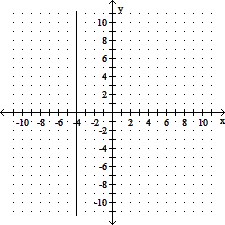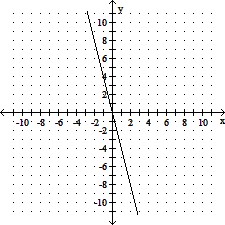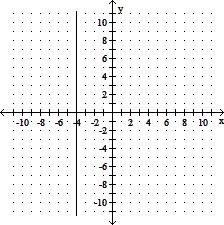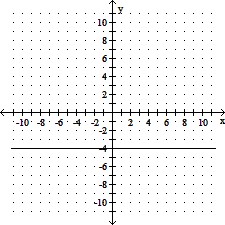Assume you have a digraph with 5 vertices (A, B, C, D, and E) and 9 arcs. A is incident from C, D, and E; B is incident to D and E and incident from C; D is incident to C and incident from E.How many cycles are there in the digraph that start and end at B?
A. 3
B. 0
C. 1
D. 2
E. none of these
Answer: D
You might also like to view...
Divide and then interpret the remainder.How many dozen eggs is 202 eggs?
A. 17 dozen with 2 eggs left over B. 16 dozen with 10 eggs left over C. 16 dozen with 2 eggs left over D. 17 dozen with 10 eggs left over
Graph the line and give the domain and the range.y + 4 = 0
A. D = {-4}, R = (-?, ?)
B. D = (-?, ?), R = (-?, ?)
C. D = (-?, ?), R = {-4}
D. D = (-?, ?), R = {-4}
Select a setting so that the given points will lie within the viewing rectangle.(-6, 30), (-4, 90), (5, -10)
A. X min = -5 X max = 6 X scl = 1 Y min = -20 Y max = 100 Y scl = 10 B. X min = -7 X max = 6 X scl = 1 Y min = 20 Y max = 100 Y scl = 10 C. X min = -7 X max = 6 X scl = 1 Y min = -20 Y max = 100 Y scl = 10 D. X min = -20 X max = 100 X scl = 10 Y min = -7 Y max = 6 Y scl = 1
Solve the problem.A ball is thrown vertically upward at an initial speed of  Its height (in feet) after t seconds is given by h(t) = t(51 - 16t)What is the height of the ball after 1.7 seconds?
Its height (in feet) after t seconds is given by h(t) = t(51 - 16t)What is the height of the ball after 1.7 seconds?
A. 40.46 feet B. 49.13 feet C. 46.24 feet D. 43.35 feet